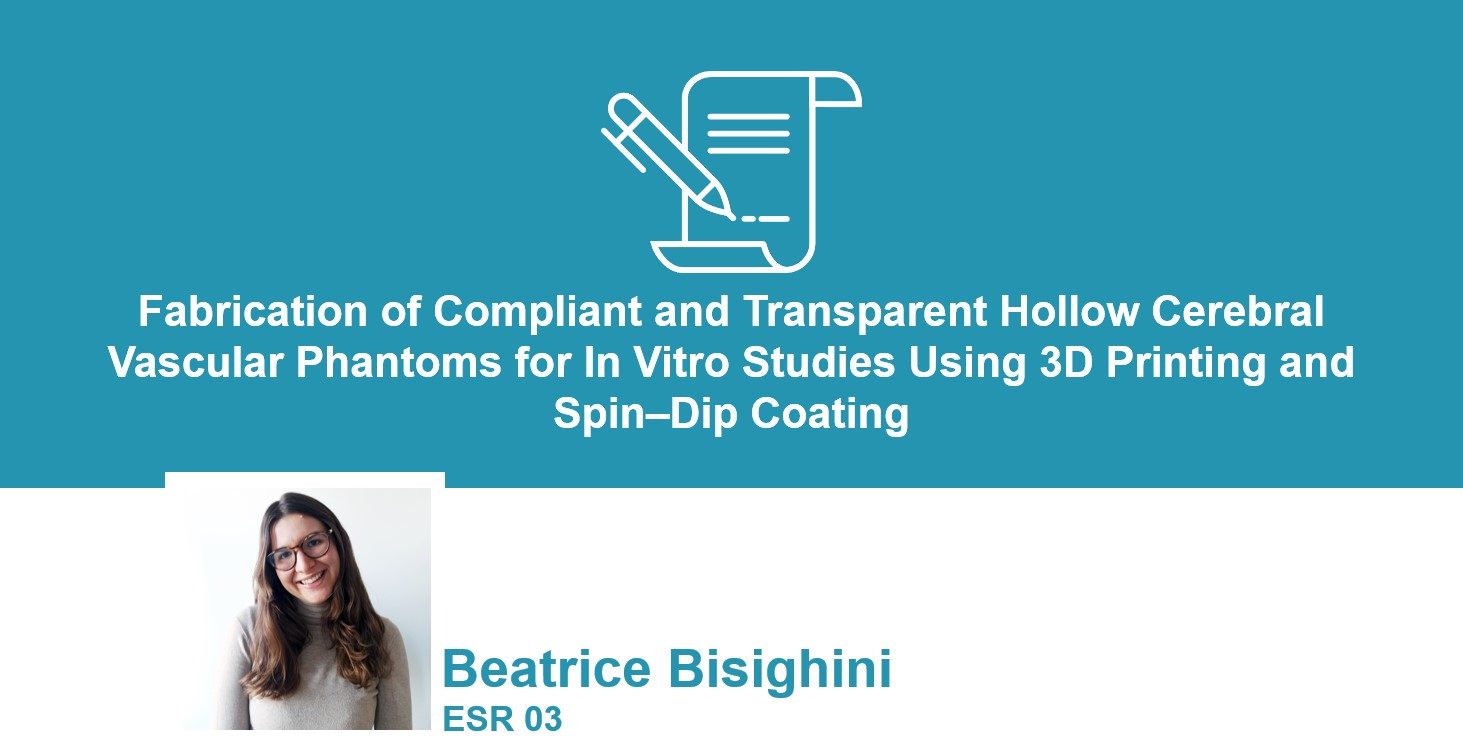Recent Posts
- MeDiTATe final video: results
- Leonardo Geronzi ESR 02 of the MeDiTATe Project among Forbes Italia’s Top 100 Under 30
- Monica Emendi successfully defended her PhD thesis defense
- Martino Andrea Scarpolini successfully defended his PhD thesis defense
- Eirini Kardampiki successfully defended her PhD thesis defense
Archives
- June 2024
- March 2024
- February 2024
- December 2023
- October 2023
- September 2023
- August 2023
- July 2023
- June 2023
- May 2023
- April 2023
- March 2023
- February 2023
- January 2023
- December 2022
- November 2022
- October 2022
- September 2022
- August 2022
- July 2022
- June 2022
- May 2022
- April 2022
- March 2022
- March 2021
- February 2021
- December 2020
- November 2020
- February 2020
- January 2020

